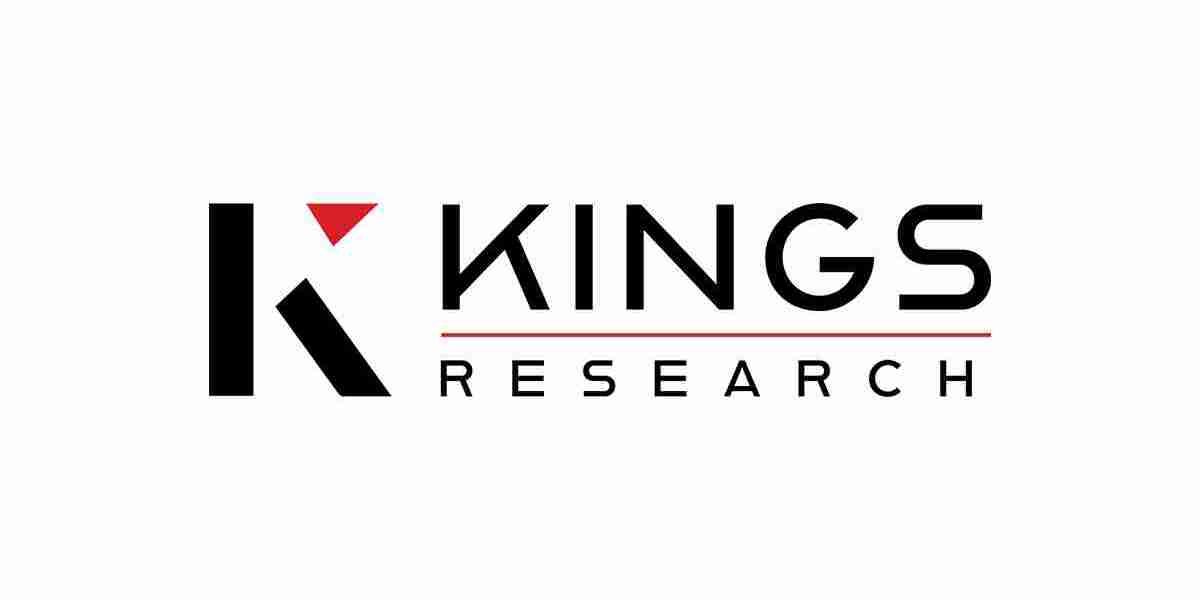The rise of the Internet of Things (IoT) has revolutionised industries worldwide. From smart devices in the home to connected healthcare equipment and industrial sensors, IoT has enabled greater efficiency and convenience. However, as the number of connected devices grows, so does the vulnerability to cyberattacks. IoT attacks can put networks at serious risk, leading to data breaches, system disruptions, and even financial loss.
In this blog, we will explore the risks associated with IoT attacks, how they affect business operations, and the importance of implementing strong security measures. Additionally, we’ll discuss how cybersecurity managed services and healthcare IT consulting can help protect networks from these threats.
What is IoT and Why Does it Matter?
The Internet of Things refers to the network of physical devices, vehicles, home appliances, and other objects that are embedded with sensors, software, and connectivity, allowing them to collect and exchange data. These devices are often interconnected and can communicate with each other and central systems, providing a seamless flow of information. While IoT enhances operational efficiency, it also opens the door to significant cybersecurity risks.
Why IoT is Important in the Business World
For businesses in various sectors, IoT can streamline processes, increase productivity, and enhance customer experience. In healthcare, for example, IoT devices such as wearable health monitors provide real-time patient data that can improve diagnosis and treatment. In the manufacturing sector, IoT can optimise production lines and predictive maintenance efforts.
However, with the growing reliance on IoT, businesses are more vulnerable to cyberattacks targeting these interconnected devices. As a result, it's essential for companies to safeguard their networks and devices to ensure seamless operation and protect sensitive data.
How IoT Attacks Can Compromise Your Network
1. Increased Attack Surface
The most significant risk posed by IoT devices is their ability to expand the attack surface of an organisation’s network. Every new device connected to the network is a potential point of entry for hackers. Many IoT devices are poorly secured, offering a convenient gateway for attackers.
Example: A simple vulnerability in an unsecured smart thermostat could give cybercriminals access to the broader network, leading to more severe breaches.
2. Device Insecurity and Weak Authentication
Many IoT devices, especially inexpensive ones, are manufactured with little regard for security. These devices often come with default passwords, lack regular software updates, and use unencrypted communications. This makes them easy targets for attackers who can exploit these vulnerabilities to gain control over the device or use it as a stepping stone to infiltrate the network.
3. Botnet Attacks and Distributed Denial-of-Service (DDoS)
Botnets made up of compromised IoT devices are often used for large-scale attacks such as Distributed Denial-of-Service (DDoS). In a DDoS attack, multiple devices flood a network or website with traffic, rendering it unavailable to legitimate users.
The Consequences of IoT Attacks on Business
1. Data Breaches and Loss of Sensitive Information
IoT devices often handle sensitive data, whether it's personal information, medical records, or financial data. A breach of these devices could lead to exposure of private information, resulting in legal consequences, regulatory fines, and significant reputational damage.
Example: In healthcare, if a connected medical device is compromised, it can lead to the leakage of patient health information, which violates GDPR and other privacy regulations, leading to costly fines.
2. Service Disruption and Downtime
A successful attack on an IoT device could result in service disruption. For example, a cybercriminal might disable a smart security system or interfere with industrial equipment. These disruptions can cause significant downtime, affecting business operations and incurring additional costs related to recovery.
3. Financial Losses and Legal Liability
The direct financial costs associated with IoT attacks include loss of revenue, recovery costs, and legal fees. In industries like finance and healthcare, where sensitive data is at risk, the costs of recovery can run into millions. Moreover, failing to protect against IoT attacks can result in legal consequences if the organisation is found negligent in securing its devices and networks.
The Role of Cybersecurity Managed Services in IoT Security
Businesses in the UK can benefit greatly from cybersecurity managed services when it comes to securing their IoT devices. These services provide continuous monitoring, threat detection, and timely responses to potential attacks. With the right support, organisations can manage their IoT risks more effectively and ensure that their networks remain secure against evolving threats.
How It Helps:
- Continuous monitoring for any unusual activity across IoT devices.
- Timely application of security patches and firmware updates.
- Proactive threat intelligence to stay ahead of emerging IoT vulnerabilities.
How to Protect Your Business from IoT Attacks
1. Implement Strong Network Security Practices
The first line of defence against IoT attacks is a robust network security strategy. This includes using firewalls, intrusion detection/prevention systems, and strong encryption protocols to protect the data flowing through the network.
How Cybersecurity Managed Services Can Help:
- Cybersecurity experts can monitor the network for any unusual activity and identify potential vulnerabilities in IoT devices before they are exploited by attackers.
2. Ensure Device Security with Regular Updates
Since many IoT devices lack strong security, it’s essential to keep them updated with the latest firmware and software patches. Regular updates help close security gaps and reduce the likelihood of attacks.
Actionable Tip:
- Using cybersecurity managed services to implement a regular update schedule for all IoT devices to ensure they remain secure against emerging threats.
3. Secure Authentication and Access Control
IoT devices should not be left with default passwords. All devices should be configured with unique and complex passwords to make it harder for attackers to gain access. Additionally, implement multi-factor authentication (MFA) wherever possible to provide an added layer of security.
4. Segregate IoT Devices from Core Networks
To reduce the risk of a compromised device affecting the entire network, it’s recommended to segregate IoT devices on their own network. This way, even if one device is attacked, the damage is contained to a smaller part of the infrastructure.
5. Engage with Healthcare IT Consulting for IoT in Healthcare
Healthcare organisations face unique challenges in securing IoT devices, especially when patient data is involved. healthcare IT consulting firms can help healthcare providers implement strategies to secure connected medical devices, ensuring compliance with privacy regulations like GDPR and HIPAA.
Conclusion
As the adoption of IoT continues to grow, businesses must recognise the associated risks and take proactive steps to protect their networks. Data breaches, service disruptions, and financial losses can result from attacks on IoT devices, but with the right security measures, businesses can significantly reduce these risks. By partnering with cybersecurity managed services and engaging in specialised healthcare IT consulting for sectors like healthcare, businesses can create a comprehensive IoT security strategy that safeguards their data, systems, and reputation.
At Renaissance Computer Services Limited, we specialise in providing expert cybersecurity solutions and small business IT support services, helping organisations protect their IoT devices and secure their networks against emerging cyber threats.








